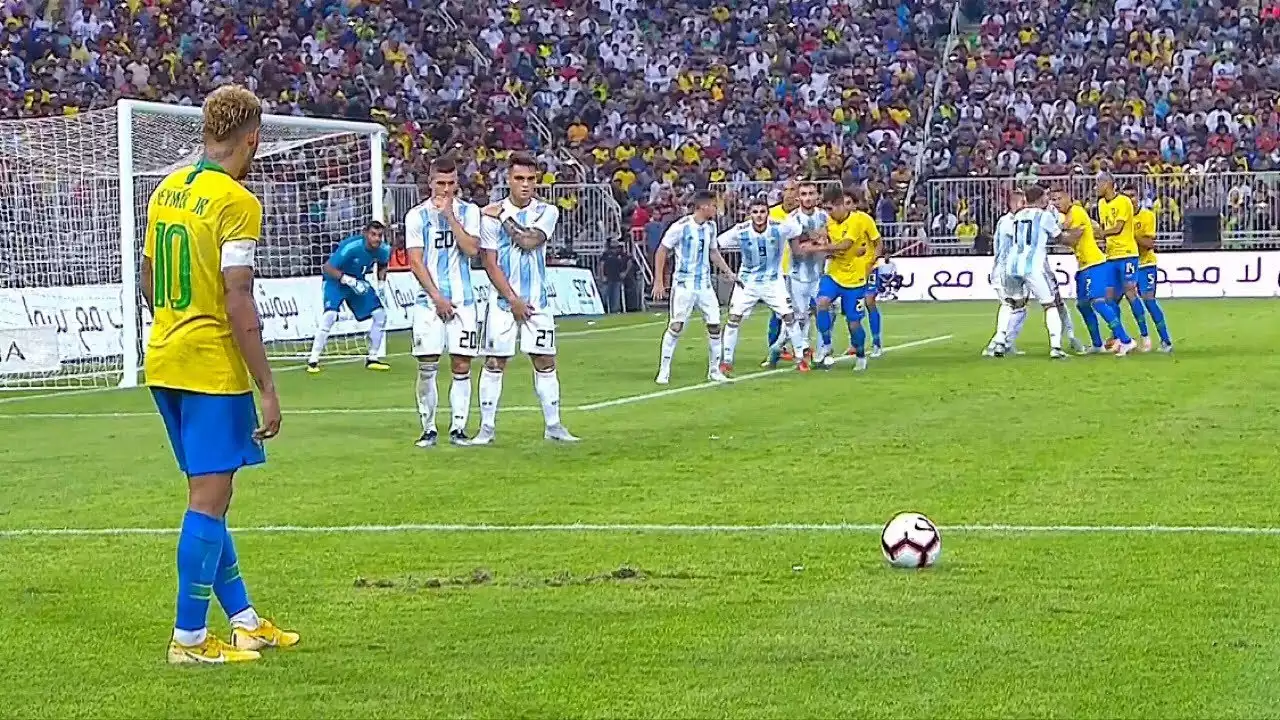History of Olympic football and regional diversity
The history of Olympic football dates back to 1900 when it was first included as a demonstration sport. It gained official status in 1908 and has been a part of the Olympic program ever since. Over the years, the sport has witnessed the participation of teams from various regions, showcasing the diversity of talent across the globe.
However, there has been a noticeable discrepancy in the representation of different regions in Olympic football. Certain regions, such as South America and Europe, have consistently dominated the podium, while others, like Africa and Asia, have struggled to achieve similar success.
Imbalance in regional representation: Factors contributing to the disparity
The imbalance in regional representation in Olympic football can be attributed to several factors. One of the primary reasons is the difference in infrastructure and grassroots development. Regions with well-established football programs and investment in youth development tend to produce more talented players who can compete at the highest level.
Additionally, socio-economic factors play a significant role in determining regional representation. Countries with higher GDPs and stronger football cultures are more likely to invest in their national teams and provide better training facilities, giving them an advantage over less affluent regions.
Furthermore, the overall quality of football played in each region is a crucial factor in determining their representation. Regions with highly competitive domestic leagues and a strong football tradition are more likely to produce talented players who can excel on the international stage.
Case studies of regions with high representation
South America, particularly countries like Brazil and Argentina, has consistently dominated the Olympic football stage. The success of these nations can be attributed to their rich footballing history, strong domestic leagues, and a passion for the sport that is deeply ingrained in their culture.
Europe, with nations like Germany, Italy, and Spain, also boasts a strong presence in Olympic football. The continent's well-developed football infrastructure, competitive domestic leagues, and a vast talent pool contribute to their success.
Case studies of regions with low representation
On the other hand, regions such as Africa and Asia have struggled to achieve significant representation in Olympic football. Despite having a large population and a growing interest in the sport, these regions face challenges in terms of infrastructure, limited resources, and lack of exposure to international competitions.
Africa, for example, has produced some exceptional football talent, but the lack of investment in grassroots development and infrastructure hinders their ability to compete on a global scale. Similarly, Asia, despite its vast population, faces similar challenges in nurturing and developing talented players.
Impact of regional representation on the development of football
The disparity in regional representation in Olympic football has a profound impact on the development of the sport. It perpetuates the dominance of certain regions and limits the exposure and growth of football in other parts of the world.
Regions with low representation often struggle to attract investment and develop their football infrastructure. The lack of success on the global stage also affects the popularity and interest in the sport, making it difficult for these regions to generate the necessary resources and support for football development.
Efforts to address the imbalance: FIFA and IOC initiatives
Recognizing the need for a more balanced regional representation, both FIFA and the International Olympic Committee (IOC) have taken initiatives to address this issue. FIFA, through its development programs, provides financial and technical assistance to member associations, particularly those from underrepresented regions, to help them improve their football infrastructure and grassroots development.
The IOC, on the other hand, has introduced measures to promote inclusivity and diversity in Olympic sports. These include quotas and wild-card entries, which give underrepresented regions a chance to participate in the Olympics and showcase their talent on a global platform.
The role of national governing bodies in promoting regional representation
National governing bodies play a crucial role in promoting regional representation in Olympic football. It is their responsibility to invest in grassroots development, provide adequate training facilities, and support talented players from underrepresented regions.
By identifying and nurturing young talent, establishing development programs, and creating opportunities for players from all regions, national governing bodies can contribute to a more balanced and inclusive representation in Olympic football.
Solutions for achieving a more balanced regional representation in Olympic football
To achieve a more balanced regional representation in Olympic football, several steps can be taken. Firstly, there needs to be increased investment in grassroots development and infrastructure in underrepresented regions. This will help identify and nurture talented players from a young age and provide them with the necessary resources to succeed.
Secondly, there should be a focus on creating more opportunities for players from underrepresented regions to compete at the international level. This can be achieved through the expansion of existing tournaments, the introduction of regional qualifiers, and the establishment of talent scouting networks to identify promising players.
Furthermore, collaboration between national governing bodies, FIFA, and the IOC is crucial to address the imbalance in regional representation. By working together, they can develop comprehensive strategies and initiatives that promote inclusivity and equal opportunities for all regions.
The importance of inclusivity in Olympic football
Inclusivity is vital for the growth and development of Olympic football. It ensures that talent is not restricted to specific regions and that players from all backgrounds have an equal opportunity to showcase their skills on the global stage.
By addressing the imbalance in regional representation and promoting inclusivity, Olympic football can become a truly global and diverse event, capturing the attention and interest of fans from around the world.










